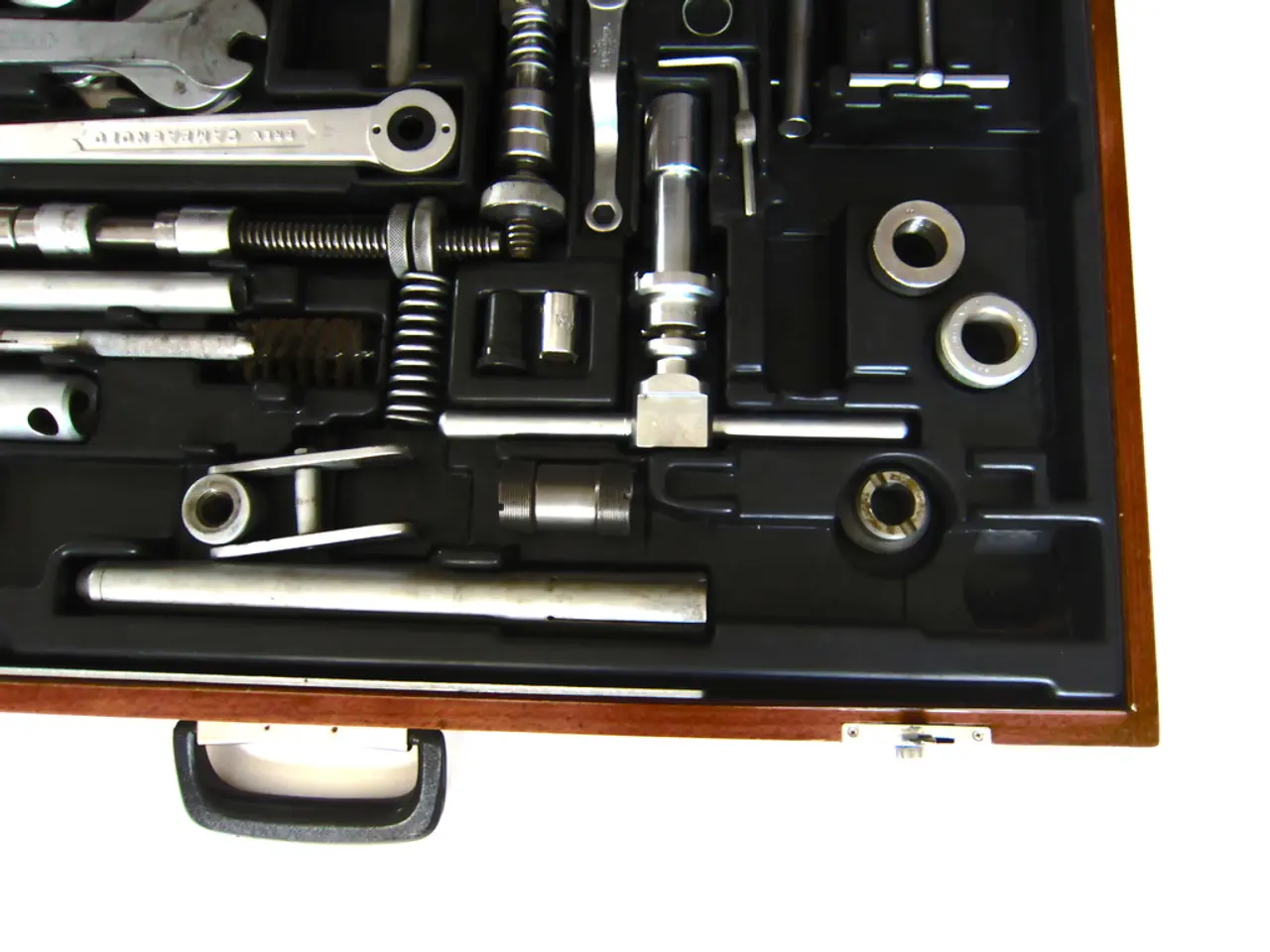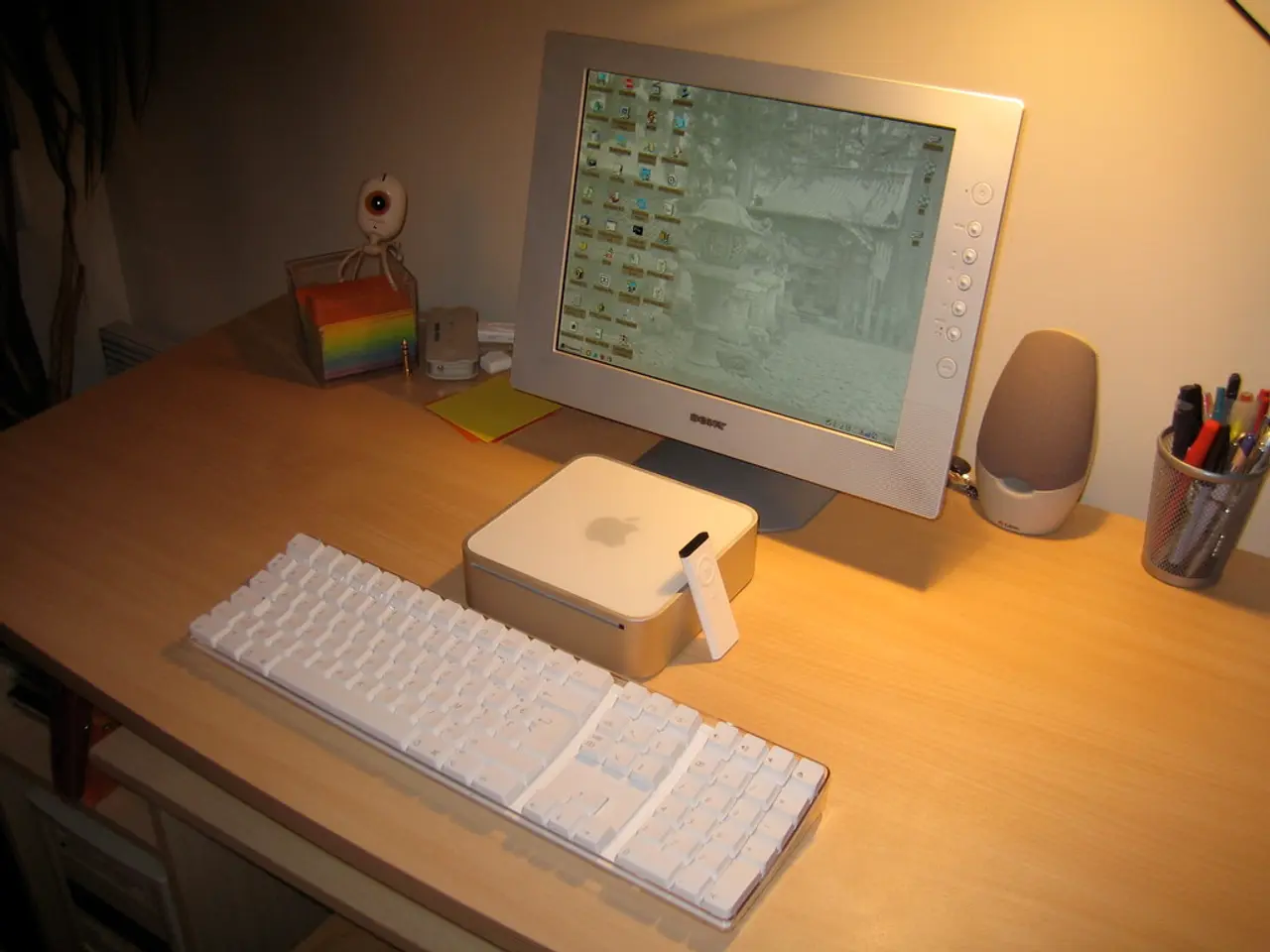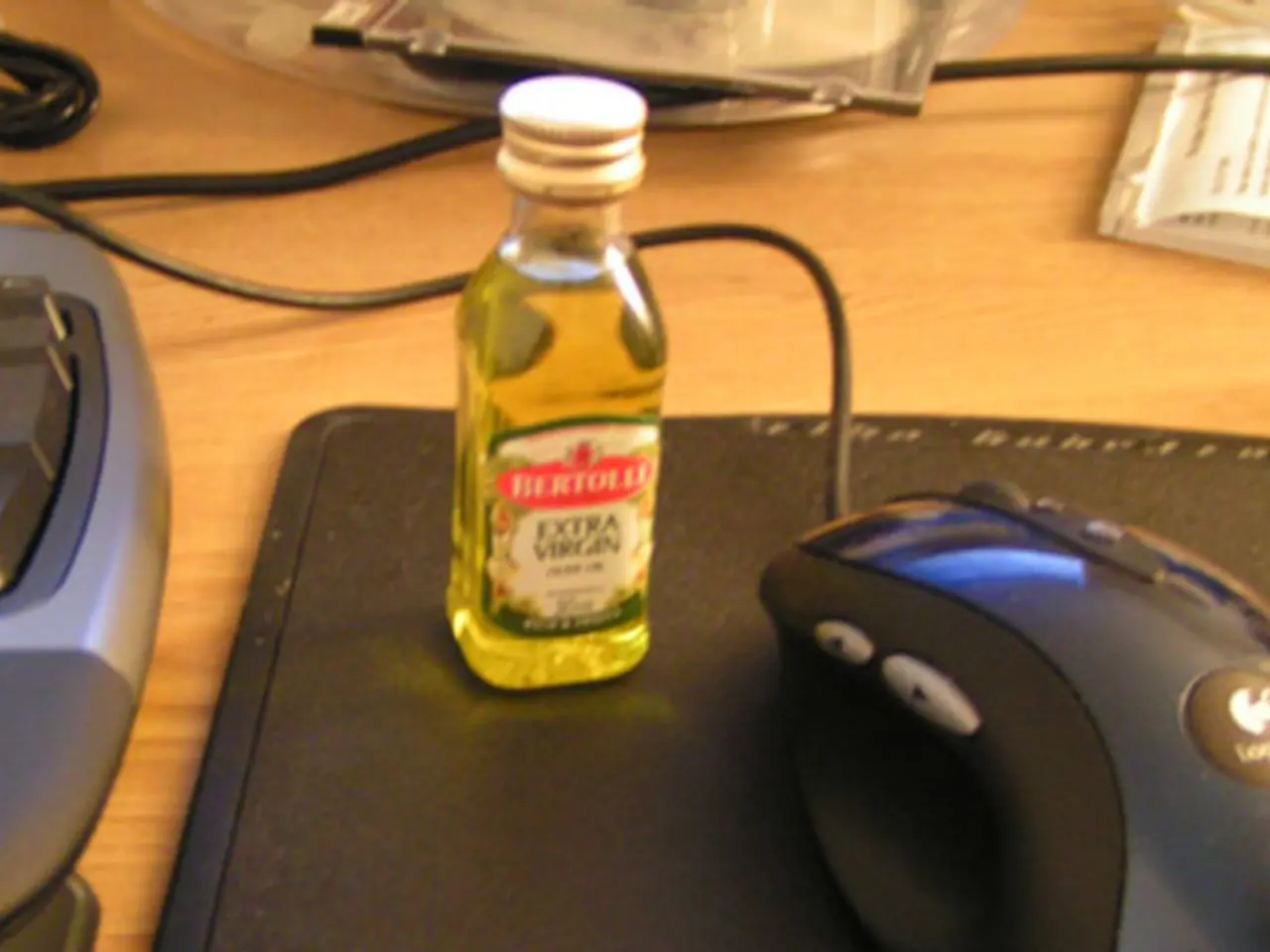Exporting Gerber and Production Files in Altium Designer: A Step-by-Step Guide
In the world of printed circuit board (PCB) design, effective communication with manufacturers is crucial. Altium Designer, a popular PCB design software, offers a range of tools to help you prepare your designs for fabrication and assembly. Here's a step-by-step guide on how to set up and export Gerber, NC drill, BOM, PDF, and ODB++ files in Altium Designer.
Gerber and NC Drill Files Export
- Open your PCB document ().
- Use the File → Fabrication Outputs → Gerber Files command to set up and export Gerber files.
- Configure the layers (copper, soldermask, silkscreen, etc.) in the Gerber setup dialog.
- Adjust parameters such as format, zero suppression, and apertures as needed.
- For drill data, use File → Fabrication Outputs → NC Drill Files.
- Configure drill layer, tool sizes, and format (commonly Excellon).
These outputs are standard for PCB fabrication and drilling instructions.
Exporting BOM (Bill of Materials)
- From the schematic or PCB project, go to Reports → Bill of Materials.
- Configure which columns and component attributes to include (e.g., designator, quantity, part number, supplier) using the BOM configuration dialog.
- Export BOM as CSV, XLSX, or TXT for procurement or assembly.
Exporting PDF
- You can generate PDFs of schematic sheets or PCB layouts.
- For schematics: open the schematic editor, then File → Export → PDF.
- For PCBs: open PCB editor, and use File → Export → PDF.
- Configure pages, layers, colors, and scaling in the export dialog for documentation or review.
Exporting ODB++ Files
- ODB++ is an advanced output format that contains all fab and assembly information in one package.
- In PCB editor, choose File → Fabrication Outputs → ODB .
- Configure layers and options; ODB++ can include drill, copper, silkscreen, soldermask, and more.
Additional Notes
- Altium Designer provides detailed dialogs for configuring each output, allowing you to tailor the exported files per project requirements.
- The latest versions also support loading and managing view configurations and enhanced fabrications outputs to facilitate downstream processing.
- For BOM management connected to cloud or workspace projects, Altium 365 provides integrated functionality to synchronize and manage BOM data if using workspace projects.
This covers standard practices within Altium Designer for preparing the principal manufacturing outputs, ensuring designs are correctly communicated to PCB fabricators and assemblers.
For more complex designs, you might want to consult the high-speed PCB Design Guide, covering topics such as signal integrity issues, transmission lines, controlled impedance, high-speed PCB materials, and high-speed layout guidelines.
Remember, the key to successful PCB manufacturing lies in clear and accurate communication of your design. With Altium Designer, you're well-equipped to achieve just that. Happy designing!
- In the process of high-speed PCB Design, understanding and controlling impedance is crucial to ensuring signal integrity.
- Leveraging technology, data-and-cloud-computing services like Altium 365 can help manage Bill of Materials (BOM) more effectively for complex designs connected to cloud or workspace projects.




